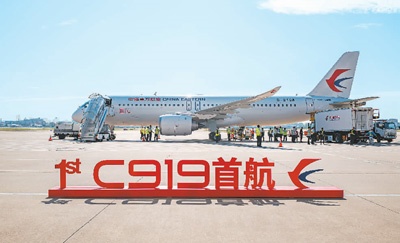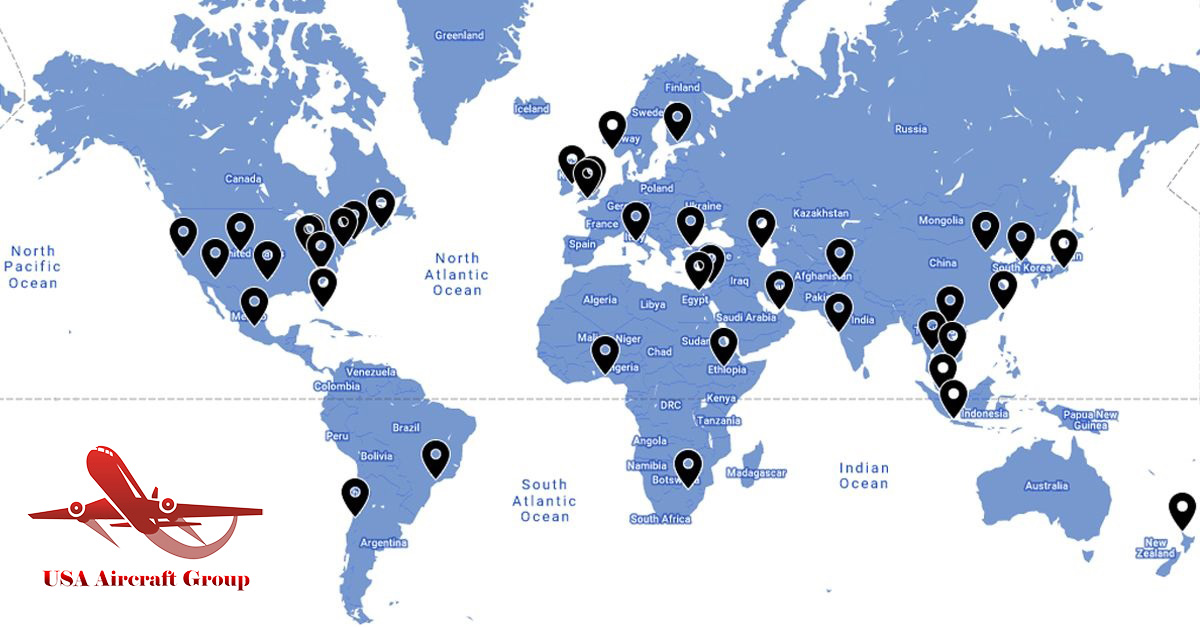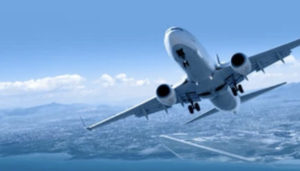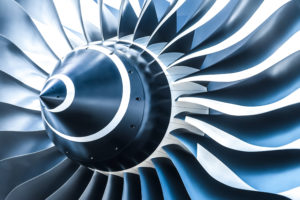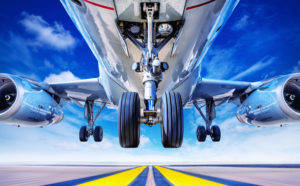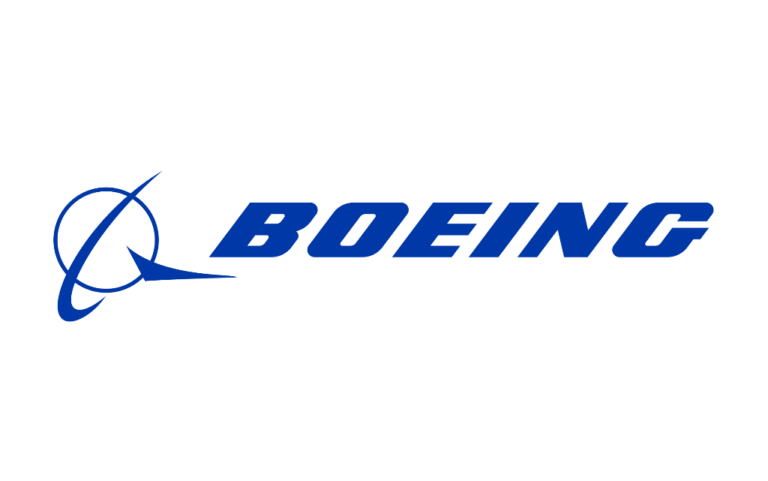Press Releases

Principles of Aircraft Flight-USA Aircraft Group Corporation
Date: 2025/10/28
We often see huge airplanes soaring in the air, which seems counterintuitive, but in fact it follows a very classic physics principle. The most core principle can be summarized as the following four points, of which the first two points are the most critical:---
Core principle: the combination of Bernoulli's law and Newton's law
Simply put, the plane flies by relying on the "wing" (wing) to generate an upward force to overcome its own gravity. This upward force is the lifting force.
1. Generation of lift - Contribution of Bernoulli's Law
This is the most commonly used and intuitive way to explain lift.
· The shape of the wing is the key: the wing of an airplane is not a flat plate, and its profile is called the wing shape. The characteristics of this shape are that the upper surface is more curved and the lower surface is relatively flat.
· "Race" of air: When the plane accelerates on the runway and the air flows through the wings, it will be divided into upper and lower strands. In order to reach the rear edge of the wing at the same time, the air flowing through the curved upper surface must go a longer distance, so the flow rate is faster.
· Bernoulli's law debuts: The law points out that in a fluid (air is a fluid), where the flow rate is fast, the pressure is small; where the flow rate is slow, the pressure is high.
· Upper surface of the wing: fast air flow rate → low pressure
· Lower surface of the wing: slow air flow → strong pressure
· The result is lift: Therefore, the high-pressure air on the lower surface of the wing "tops" upwards, and the low-pressure air on the upper surface "suctions" downwards. The joint action of this "top" and "suction" produces a strong upward force.
Https://upload.wikimedia.org/wikipedia/commons/thumb/e/e5/Bernoulli%27s_Law_na_F16_%28404%29.jpg/640 px-Bernoulli%27s_Law_na_F16_%28404%29.jpg
(Figure: The pressure difference on the upper and lower surfaces of the wing generates lift)
Important Tips: The modern lift theory is a more complex "Kuta-Jukovsky theorem" and "eddy current theory", which takes into account the angle of attack of the wing (the angle between the wing and the airflow) and the stickiness of the air. Increasing the angle of attack can also significantly increase the lift, but if it is too large, it will lead to stall.
2. Propulsion - Newton's Third Law
It is not enough to have lift. The plane needs to move forward to let the air flow through the wings.
· Action and reaction: Newton's third law says that every force will produce a reaction force of equal size and opposite direction.
· Engine work: The engine of the aircraft (jet or propeller) inhales a large amount of air, and then violently accelerates backwards to spray/push out. This is "force".
· The reaction of the plane: According to Newton's law, the air gives the plane a forward thrust of equal size and in the opposite direction, which is the propulsion force.
Https://www.grc.nasa.gov/www/k-12/airplane/Images/jetprop.gif
(Figure: The engine jets backwards, generating forward thrust)
3. Resistance - an obstacle to moving forward
When a plane moves in the air, the air will generate a force that hinders its movement, which is resistance. Resistance mainly comes from the friction and pressure difference of the air. The streamlined design of the aircraft is to reduce the drag as much as possible.
4. Gravity - an object that needs to be overcome
The earth's gravity pulls the plane down, which is gravity. The goal of lift is to overcome gravity so that the plane can rise and stay in the air.
---
Balance and control of the four major forces
A stable-flying aircraft is in a state where these four forces are in balance:
Lievation = gravity
Propulsion force = resistance
The pilot breaks this balance by manipulating the control surface and realizes various actions:
· Climbing: Increase the thrust (propulsion force > resistance) and pull the rod to lift the machine head (increase the angle of attack), so that the lift force > gravity.
· Descent: Reduce the thrust (propulsion force < resistance) and put the lever to lower the head (reduce the angle of attack), so that the lift < gravity.
· Turning: Operate the aileron to tilt the aircraft, and convert part of the lift into centrifutal force, so as to achieve turning.
Sum up
You can understand it vividly like this:
1. The engine is responsible for pushing forward (producing propulsion).
2. The wing is responsible for the upward top (using Bernoulli's principle to generate lift).
3. When the speed of pushing forward is fast enough to make the force on the top greater than the weight of the plane, the plane leaves the ground and flies!
Therefore, airplane flight is a perfect example of the clever use of aerodynamics and classical physics.



